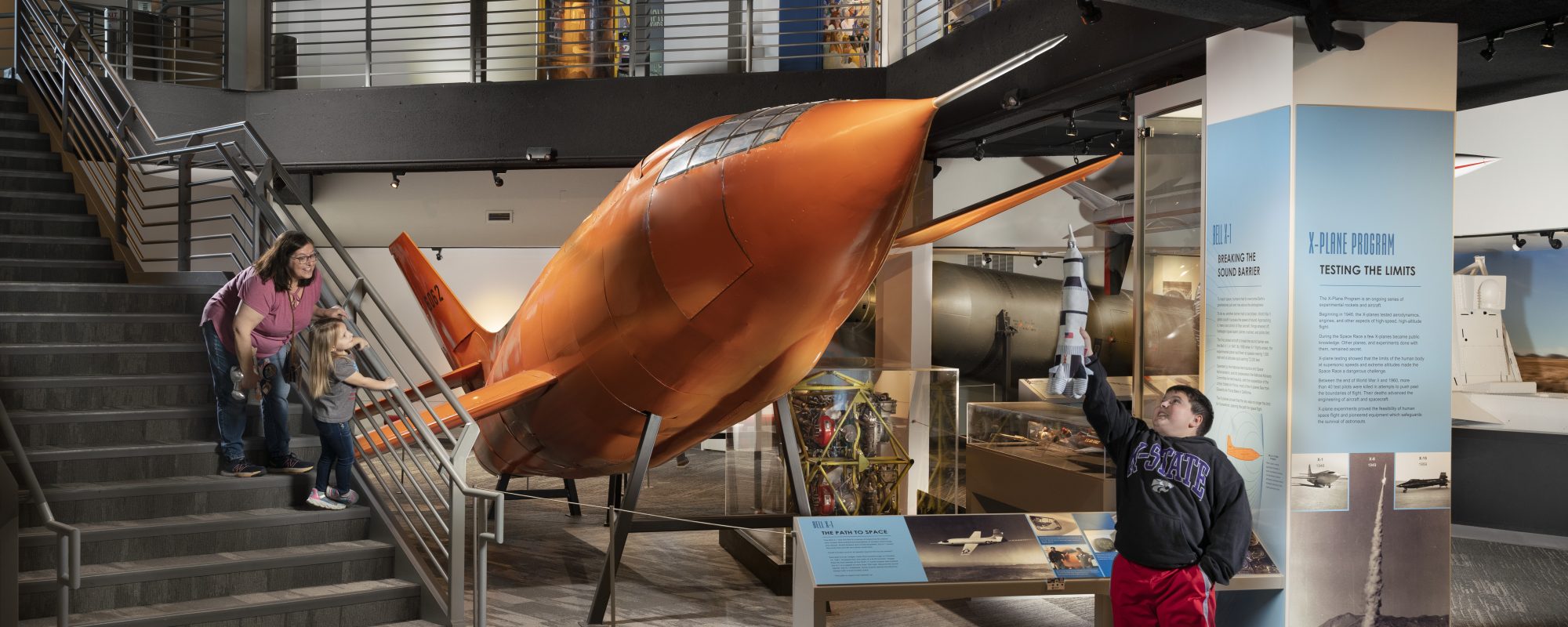From The Ichabod – Fall 2018
While Neil Armstrong was making his famous “giant leap” on the surface of the Moon in 1969, a team of experts sat at Mission Control in Houston guiding the Apollo 11 crew.
NASA is having Mission Control and its contents restored in time for the 50th anniversary of the Moon landing on July 20, 2019, and they chose SpaceWorks, a division of the Cosmosphere museum in Hutchinson, Kansas, to restore the control consoles.
“What many consider to be the cathedral of early manned space exploration, this is it. These are the brains behind it,” said Jim Remar, ba ’95, president and CEO of the Cosmosphere. “The flight directors and controllers who called Eagle down to the surface of the Moon all sat at these consoles.”
The consoles came to Hutchinson in rough shape, indicative of the stressful environment where controllers spent hours in front of them eating, drinking and smoking.
“They were like somebody’s desk,” Remar said. “As we began to take them apart, you find little bits of food or trash. It’s kind of fun to think that could be from somebody during an Apollo mission.”
The Cosmosphere seemed an obvious choice for the project, thanks to decades of successful relationships with NASA, the Smithsonian, Hollywood and others. They restored and now display the Apollo 13 Command Module that brought its three astronauts safely back to Earth after an explosion in space. They built high fidelity replicas used in the Tom Hanks movie Apollo 13. They restored Liberty Bell 7, the capsule that sat at the bottom of the ocean for 38 years after taking the second American into space. It’s also on display at the Cosmosphere.
Remar grew up in Hutchinson and started college at the University of Missouri before realizing he needed a change. His transfer to Washburn University gave him the propulsion that has him directing a world-class museum.
“I was looking to get into an environment that would allow me to focus more on academics and my future career in history,” he said. “I wanted an opportunity to learn from professors who were experts in the subject matter. Washburn stuck out as a University I thought could benefit me.”
Remar’s wife, Amy (Trezise) Remar, ba ’95, joined him at Washburn when they were dating.
“It was great to have Amy there enjoying the Washburn campus and culture with me,” he said. “It was one of those points in our life where we both have very fond memories.”
They graduated together, married three weeks later, and then Remar earned a master of museum studies from the University of Nebraska at Lincoln. When he started at the Cosmosphere in 2000, as he put it, he didn’t know “An Apollo from a Gemini from a Soyuz.” He quickly immersed himself in the space race that captivated the world during the Cold War.
“My passion for museums has really evolved,” he said. “Initially, it was the preservation of the artifacts for public appreciation and the ability of the museum to tell a story. It’s now more about the business of running a museum. While we’re a nonprofit, we’re run like a traditional business.”
Jerry Green, ba ’73, jd ’76, is a partner at Gilliland Green LLC law firm in Hutchinson who previously served on the Cosmosphere board of directors. He and Remar agree a museum cannot rely solely on attendance to flourish.
“It’s very difficult to fund a museum simply from people walking in the front door,” Green said. “Jim is striving to support the Cosmosphere in a whole host of ways, from SpaceWorks to educational programs. I think most people in Hutchinson have enormous community pride and almost a sense of ownership in the Cosmosphere.”
More than 1,100 kids from 35 states attended camps at the Cosmosphere this summer and many more come for field trips. Brandy Lane, b ed ’05, taught at Pauline South Intermediate School where they take students to the Cosmosphere every year. She was named a Kansas Master Teacher in 2017 and now teaches at Eisenhower Middle School in Goddard, Kansas.
“The Cosmosphere exposes our students to the idea that educational experiences can be fun and engaging,” she said. “They present the history and scientific principles behind space and space travel to students in an engaging and awe-inspiring way. That’s incredible teaching.”
Remar draws inspiration from experiences like those and the history surrounding him every day.
“The Cosmosphere is capable of world-class exhibits, restoration projects and education programs,” Remar said. “We’ve got a unique opportunity to be a part of the preservation of an incredible period of our country’s history, and it’s right here in Kansas.”
See the full article from The Ichabod, from Washburn University, here.



